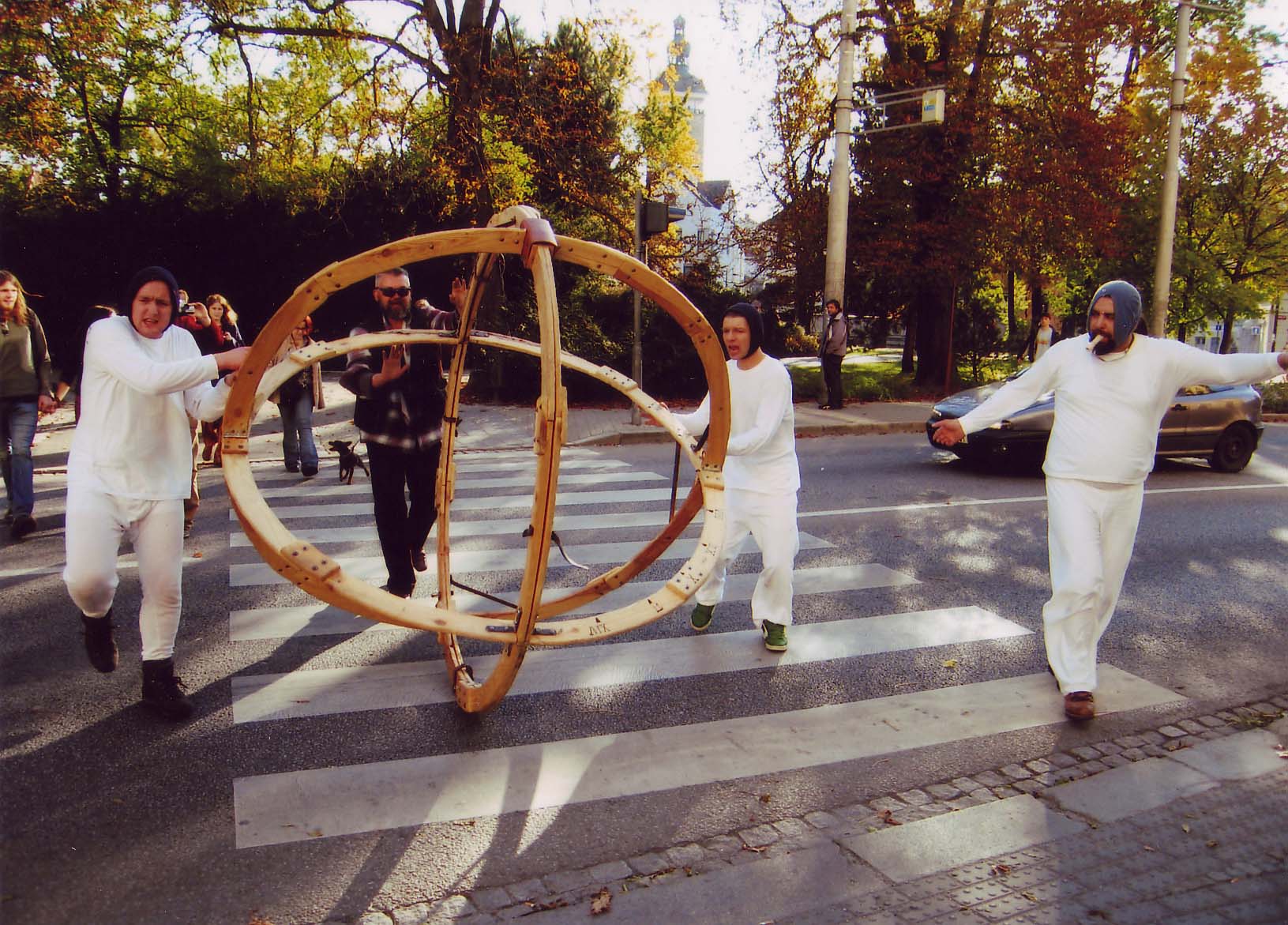I walk in the world I create
-Wallace Stevens
Just a little segment of an essay I wrote this week, describing, among other things, the ways in which art has the power to induce social change:
Relational artworks which promote spectator participation emerged in the 1960s as a reaction to late-capitalism’s increasingly regulated and conformist systems of living produced by the mass media. This institutionalization and commodification of experience caused social unrest as blacks, homosexuals, women and Latinos began to fight the politics mapped onto their bodies with social action and multiple civil rights movements. 

Seeing themselves as inseparable from the social conditions of their context, artists like laborers began to “challenge the role of the institution and the autonomy of art in a time of social crisis” (Bryan-Wilson 26).
In order to do so, artists of the time rejected Clement Greenberg’s notion of modernist formalism expressed in his essay “American Type Painting” of 1955 which excluded bodily processes from the reception and creation of the work.
In turn, they re-activated subjectivity in the consideration of artwork, often in the form of uncommodifiable, one-time experiences such as “happenings” which spilled from galleries onto the streets. This sort of art had to be done rather than paid for.

By refusing museums and other institutions (such as the traditions of art history) which dictated the value of art, the artists gave power and agency back to the spectators. In “An Introduction to the Do-It-Yourself Artwork”, Anna Dezueze notes the “liberatory potential of participation” in accordance with Guy Debord’s “influential idea…that passive modes of engagement encouraged by late-capitalist, consumer-driven economies can be countered with action and lived experience” (16).


Among other avant-garde movements of the time, Debord’s Situationist International presented participatory works or “Situations” which provided “alternative models for social or political interaction” with the hopes that participation would “encourage individuals and groups to take control of their own social and political existence” (Dezueze 15). In this way, art history’s shift to the rise of the spectator during this period illustrates how relational art can break down the barriers between art and life, and therefore be an impetus for social change.

In other words, “Doing is knowing”: the awareness of one’s body, and its power to contribute to the meaning of the work of art through embodied participation, makes the spectator an agent of social change instead of a passive consumer of culture.


No comments:
Post a Comment